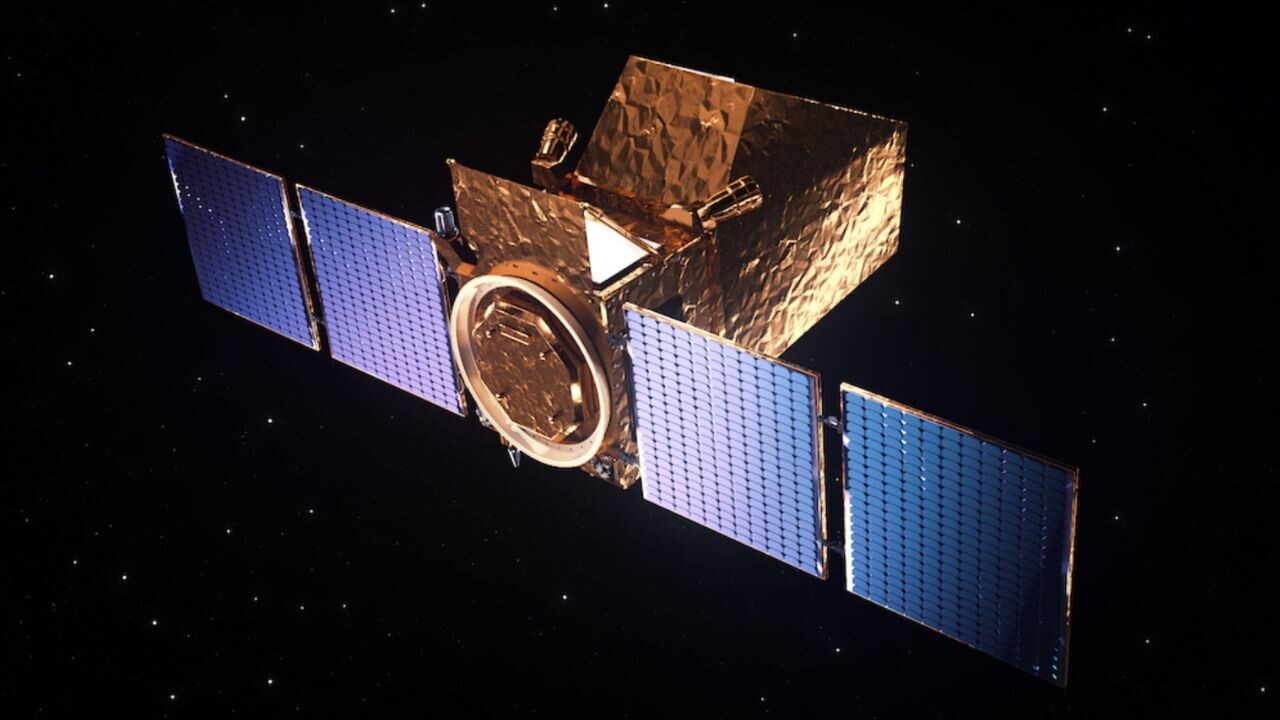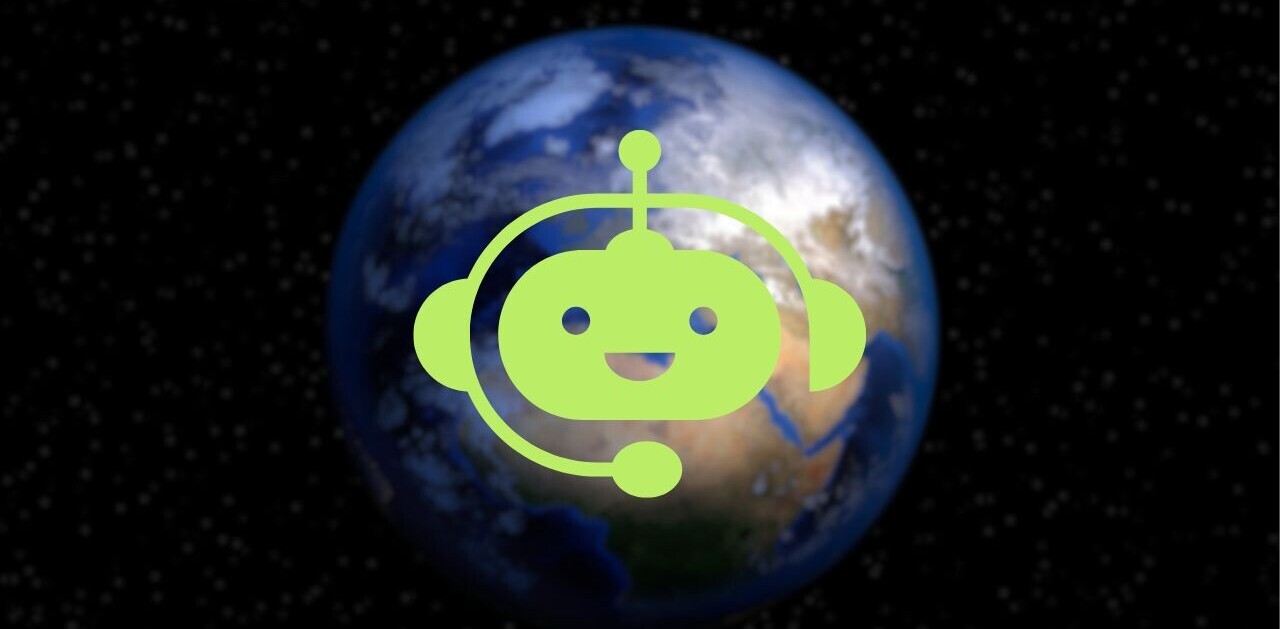
A British startup aims to launch science satellites into space in 2025 after raising a fresh £2mn.
Blue Skies Space has devised a unique business plan for the stargazers. They will be the first-ever science satellites that provide data directly to researchers via a membership model, the company said.
The approach offers a new route to the secrets of our universe. Currently, researchers rely on government agencies such as NASA and ESA to access space data. Unfortunately, this supply doesn’t meet the demand.
The James Webb Telescope, for instance, received 1,600 requests for observing time. Only 249 of them were selected. That equates to an oversubscription of nearly seven to one.
Blue Skies Space wants to bridge the access gap. The startup will offer customers the choice of buying either an annual membership or hourly access to the data.
“Our vision is not only to deliver great science, but to deliver it to any scientist around the world,” Dr Marcell Tessenyi, CEO and co-founder of Blue Skies Space, told TNW.
The first satellites
The programme’s first satellite in the programme is named Mauve. Built to measure the activity of nearby stars, Mauve is slated to launch in early 2025. By probing the satellite’s data, scientists could examine the impact of stellar flares on exoplanets and the prospects of harbouring life.
After sending Mauve into the cosmos, Blue Skies Space intends to launch an entire fleet of satellites.
The new funding brings the plan closer to reality. It include contributions from Japan’s SPARX Space Frontier Fund and UK see-stage investor SFC Capital. Blue Skies Space will use the cash to accelerate the launch schedule.
Up next on the flight timetable is Twinkle, which will deliver visible and infrared spectroscopy to analyse the composition of celestial bodies.
“Our company model is to rapidly respond to the needs of the research community with a fleet of dedicated satellites designed and implemented in short timeframes,” Tessenyi said.
It’s a model that’s already attracted universities and institutions from 11 countries. They include Cardiff University (UK), Vanderbilt University (USA), the French Alternative Energies and Atomic Energy Commission (France), and the National Astronomical Observatory of Japan.
Get the TNW newsletter
Get the most important tech news in your inbox each week.





